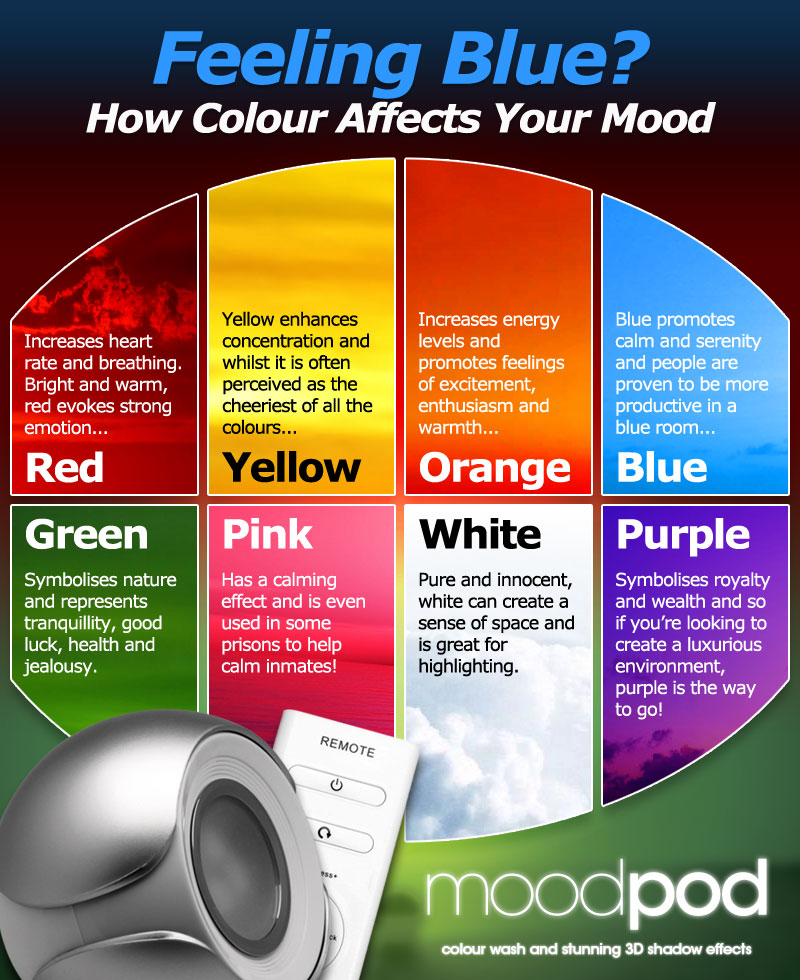

It's very warm colors, it's this very sun-drenched,ĭusty kind of Mexican town, and in the Land of theĭead, we have a lot of, we have every color, but it relies a lot on sort of cool tones of the moonlight, and these sort of purples and blues. Things we think about is how do we want those to differ. On Coco, we had the Land of the Living and the Land of the Dead, and so one of the initial Of set the tone of things, and start with those kind Scenes that maybe aren't super emotional but sort Kind of hit highs and lows and maybe some important
COLOR MOODS ENVIRONMENT ANIMATION MOVIE
Key places in the movie where you know you have to You knew the low points and the high points, Of the emotional beats in the film so that The film, and we, on Coco, there was actually a graph That is you think about the sort of emotional arc of Of what the story is, it's continually changing,īut we're sort of mapping out visually what's happening. We're in the thick of it, and so, we have a sense

So we do these things calledĬolor scripts for the movie, and they are this really wonderful tool that we use where we canīasically visually map out the whole film before To better understand how theseĬolor scripts are created and used in the filmmaking process, I've brought DanielleĪnd Bill to tell us more. Similar to how a written script allows everyone to stay in sync on how the story points willĭevelop throughout a film, a color script does this for the lighting. How each scene will look in the context of other scenes.

Through the color script, you get an idea for how each story moment will be lit, and its overall color and value structure. Snapshot of the whole movie with a frame painted from each scene. You may be familiar with scripts, but did you know we have color scripts? I'm standing here in front Look at the overall process for lighting a movie at Pixar. Now that you've learned about the roles that lights can play and even how they can be used to say something about a character, let's back up and take a


 0 kommentar(er)
0 kommentar(er)
